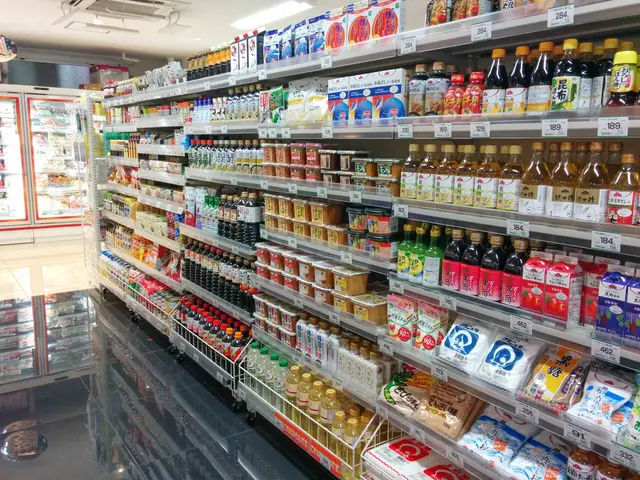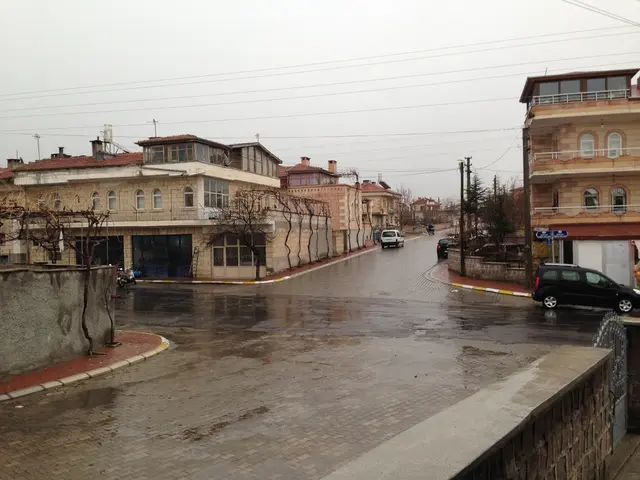Union's Moment of Reckoning: Numsa Faces Accountability for Its Actions
New Article:
Every third year in April, Numsa, the National Union of Metalworkers of South Africa, storms the scene with hefty wage hike demands for its automotive industry workers. However, this year, something's different. The usual battle cry for excessive pay and benefits seems muted, and even Numsa realizes the shift.
In contrast to its 20% wage hike demand in 2022, the motor manufacturing bigwigs, represented by the Automobile Manufacturers Employers' Organisation (Ameo), have negotiated a more palatable deal: a three-year commitment of 8%, 7%, and 7%, supplemented by a one-time R10,000 "gratuity" and a doubling of the housing allowance.
This isn't the first time Numsa has flexed its muscles in wage negotiations. In 2019, it staked a claim for a flat 20% pay raise, along with several other perks like morning, afternoon, and night allowances, medical aid, and a 50% increase in annual bonus payments. Original equipment manufacturers (OEMs) eventually settled for a more modest three-year deal of 9%, 7%, and 7%. Back in 2016, OEMs coughed up 10%, 8%, and 8%.
But why the sudden shift in strategy from Numsa this year? Their spokesperson, Phakamile Hlubi-Majola, usually paints a vivid picture of the hardships faced by automotive workers. However, her tone this time around is subdued. "Our members are earning pitiful wages," she confessed, only to back up her claim with statistics about South Africa's overall economy, instead of targeting the motor industry specifically.
Could it be that South Africa's economy, as a whole, is experiencing financial difficulties that have seeped into every sector, including automotive manufacturing? Or, perhaps, the motor industry is bearing the brunt of larger economic headwinds, such as prolonged market volatility and slower industry growth. It's challenging to pinpoint specific reasons without digging deeper. However, the shift in Numsa’s wage negotiation tactics is apparent, hinting at a more restrained approach to demands during challenging economic times.
- Amidst the usual annual wage hike demands by Numsa, this year's battle cry seems softer, indicating a shift in strategy.
- Despite Numsa's initial 20% wage hike demand for 2022, the automotive industry has agreed to a more manageable deal of 8%, 7%, and 7% over three years.
- Editorial: The subtle change in Numsa's approach could be a symptom of broader financial challenges within South Africa's economy, potentially affecting all sectors, including automotive manufacturing.
- In light of the current economic climate, Numsa's spokesperson, Phakamile Hlubi-Majola, has admitted that automotive workers are earning low wages, but has backed up her claim with statistics about the overall South African economy.
- The aerospace and finance industries may also be experiencing similar economic pressures, as the precipitous decrease in wage demands suggests a concession to the current economic challenges.
- This years' wage negotiation tactics from Numsa suggest a more restrained approach, potentially indicative of the industry's efforts to adapt to and endure the economic headwinds it currently faces.




